Home>Gardening & Outdoor>Landscaping Ideas>How Long Should Grass Be For Winter
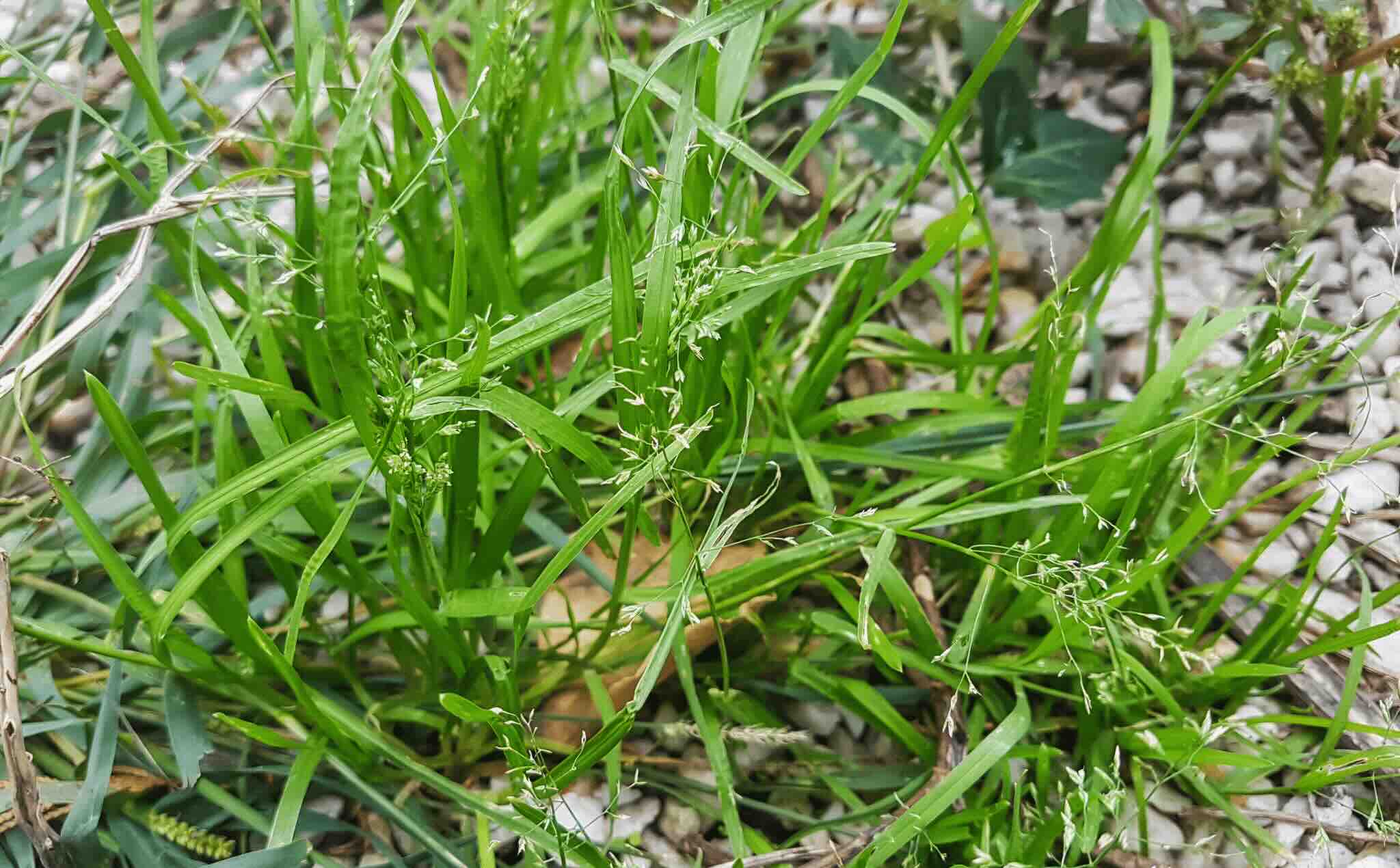

Landscaping Ideas
How Long Should Grass Be For Winter
Modified: February 25, 2024
Ensure your landscaping is winter-ready with the perfect grass length. Discover expert tips and landscaping ideas for a healthy lawn.
(Many of the links in this article redirect to a specific reviewed product. Your purchase of these products through affiliate links helps to generate commission for Storables.com, at no extra cost. Learn more)
Introduction
As the winter season approaches, it’s essential to consider the optimal length for grass in your lawn. While the focus on grass length is often associated with the warmer months, maintaining the right grass height during winter is equally crucial. In this article, we will delve into the significance of grass length in winter, explore the factors to consider, recommend the ideal grass length, highlight the benefits of proper maintenance, and provide useful tips for ensuring your lawn remains healthy and vibrant during the colder months.
Winter brings its own set of challenges for lawns, and understanding the impact of grass length is pivotal in ensuring the overall health and appearance of your outdoor space. Let’s embark on this journey to uncover the best practices for maintaining grass length during the winter season.
Key Takeaways:
- Proper grass length in winter protects roots, prevents snow mold, and enhances lawn appearance. Adjust mowing height, monitor grass, and limit foot traffic for healthy winter lawn care.
- Grass type, climate, and lawn usage influence ideal winter grass length. Follow recommended guidelines, adjust mowing height, and consult local experts for a vibrant winter lawn.
Importance of Grass Length in Winter
During the winter months, grass length plays a crucial role in the overall well-being of your lawn. While the growth rate of grass slows down in colder temperatures, it’s important to maintain an adequate length to protect the grass from potential damage and promote its health.
One of the primary reasons for maintaining the right grass length in winter is to provide insulation and protection for the grass roots. Longer grass blades act as a natural barrier, shielding the underlying soil and roots from extreme temperature fluctuations and frost. Additionally, the presence of longer grass helps in trapping a layer of insulating air, which aids in safeguarding the grass from the harsh effects of winter weather.
Moreover, the correct grass length can contribute to the prevention of snow mold, a common lawn disease that thrives in cold, wet conditions. By keeping the grass at an optimal height, you can minimize the risk of snow mold development and ensure the continued health of your lawn.
Furthermore, maintaining the right grass length in winter also supports the overall aesthetic appeal of your lawn. While the growth may be slower during this season, the visual impact of neatly trimmed and healthy grass can significantly enhance the appearance of your outdoor space, even amidst the winter landscape.
Understanding the importance of grass length in winter sets the foundation for effective lawn care practices, ultimately contributing to the long-term health and vitality of your lawn.
Factors to Consider
When determining the appropriate grass length for winter, several factors come into play, each influencing the overall health and resilience of your lawn during the colder months.
- Grass Type: Different grass species have varying ideal heights for winter maintenance. Warm-season grasses such as Bermuda grass and Zoysia grass may require different care compared to cool-season grasses like Kentucky bluegrass and fescue. Understanding the specific requirements of your grass type is essential in determining the optimal length for winter.
- Climate: The local climate and typical winter conditions in your region play a significant role in deciding the appropriate grass length. Areas prone to heavy snowfall or extended periods of freezing temperatures may require different grass management strategies compared to regions with milder winters.
- Lawn Usage: Consider how your lawn is used during the winter. If it serves as a play area or experiences regular foot traffic, the grass length should be adjusted to accommodate these activities while maintaining the health of the lawn.
- Soil Drainage: The drainage properties of your soil can impact the grass’s ability to withstand winter conditions. Well-draining soil can help mitigate potential damage caused by excessive moisture, influencing the ideal grass length for winter maintenance.
- Past Lawn Care Practices: The history of lawn care and maintenance, including previous mowing heights and fertilization routines, can influence the current condition of the grass. Understanding past practices can aid in determining the most suitable grass length for winter.
By taking these factors into account, you can make informed decisions regarding the optimal grass length for winter, tailored to the specific needs and characteristics of your lawn.
Recommended Grass Length for Winter
The ideal grass length for winter maintenance varies depending on factors such as grass type, climate, and lawn usage. While specific recommendations may differ based on these variables, there are general guidelines to consider when determining the appropriate grass length for the colder months.
For cool-season grasses, such as Kentucky bluegrass, perennial ryegrass, and fescue, maintaining a slightly taller grass height during winter is beneficial. A recommended range of 2 to 3.5 inches is often suitable for these grass types. The additional length provides insulation for the roots and helps in preventing snow mold while supporting the overall health of the grass.
Conversely, warm-season grasses, including Bermuda grass and Zoysia grass, may require a different approach. As these grass types enter dormancy during winter, it’s advisable to maintain a shorter grass height, typically in the range of 1 to 2 inches. This shorter length can aid in minimizing the risk of thatch buildup and disease development while promoting a tidy appearance.
It’s important to note that these recommendations serve as general guidelines, and adjustments may be necessary based on the specific conditions of your lawn. Considering the factors mentioned earlier, such as climate and soil drainage, can further refine the recommended grass length for winter maintenance.
By adhering to the recommended grass length for winter, tailored to the characteristics of your lawn, you can effectively support the resilience and vitality of your grass during the challenging winter season.
Keep your grass at a height of 2-3 inches for winter. Taller grass helps protect the roots from freezing temperatures and reduces the risk of winter damage.
Benefits of Maintaining Proper Grass Length
Ensuring the appropriate grass length during winter offers a myriad of benefits that contribute to the overall health and appearance of your lawn, as well as the ease of maintenance throughout the season.
- Insulation and Protection: Proper grass length serves as a natural insulator, safeguarding the grass roots and underlying soil from extreme temperature fluctuations and frost. This insulation helps in maintaining the health of the grass, promoting its resilience during winter.
- Prevention of Snow Mold: By maintaining the recommended grass length, you can minimize the risk of snow mold development. Snow mold thrives in cold, wet conditions, and the presence of longer grass can help in preventing this common lawn disease, preserving the overall health and appearance of the lawn.
- Enhanced Aesthetic Appeal: Neatly trimmed and well-maintained grass, even during winter, contributes to the visual appeal of your outdoor space. It presents a tidy and cared-for appearance, enhancing the overall aesthetics of your lawn despite the seasonal challenges.
- Reduced Maintenance Challenges: Proper grass length can mitigate certain maintenance challenges during winter. For instance, longer grass can help in reducing soil erosion and compaction, while also minimizing the need for excessive watering or mowing, simplifying the overall maintenance efforts.
- Overall Lawn Health: Maintaining the proper grass length supports the overall health of the lawn, contributing to its long-term resilience and vitality. By providing the necessary insulation and protection, you can ensure that your grass remains healthy and robust, ready to thrive when the warmer months return.
These benefits underscore the significance of maintaining proper grass length during winter, highlighting the positive impact it can have on the health, appearance, and maintenance of your lawn throughout the colder months.
Read more: How To Kill Winter Grass
Tips for Maintaining Grass Length in Winter
Effectively managing grass length during the winter season involves a combination of strategic practices aimed at promoting the health and resilience of your lawn. Here are several tips to help you maintain the optimal grass length during winter:
- Adjust Mowing Height: Prior to the onset of winter, gradually adjust the mowing height to the recommended level for your specific grass type. This gradual transition allows the grass to acclimate to the new length, promoting a healthier lawn during the colder months.
- Regular Monitoring: Keep a close eye on the grass length throughout winter, especially during periods of milder weather. If there are significant fluctuations in temperature or extended periods of snow cover, monitor the grass to ensure it remains within the recommended height range.
- Limit Foot Traffic: Minimize foot traffic on the lawn, particularly when the grass is frozen or covered in snow. Excessive pressure on the grass can lead to damage, affecting its ability to maintain the desired length and overall health.
- Address Thatch Buildup: Keep an eye on thatch accumulation, especially in warm-season grasses. If thatch becomes excessive, consider dethatching to prevent potential issues and maintain the appropriate grass length.
- Avoid Heavy Feeding: While some fertilization may be necessary during winter, avoid heavy feeding as it can stimulate excessive growth, requiring more frequent mowing and potentially impacting the desired grass length.
- Clear Debris and Snow: Promptly remove debris and snow from the lawn to prevent prolonged moisture retention, which can contribute to disease development and affect the grass length.
- Consult Local Experts: Seek advice from local gardening centers or lawn care professionals to gain insights specific to your region. Local expertise can provide valuable guidance on maintaining the optimal grass length for winter in your area.
By implementing these tips, you can effectively manage the grass length during winter, ensuring that your lawn remains healthy, resilient, and visually appealing despite the seasonal challenges.
Conclusion
As winter approaches, the significance of maintaining the proper grass length becomes increasingly evident in ensuring the health and vitality of your lawn. By understanding the factors that influence grass length, adhering to recommended guidelines, and implementing strategic practices, you can effectively support your grass through the challenges of the colder months.
From providing insulation and protection to minimizing the risk of snow mold and enhancing the overall aesthetic appeal of your lawn, the benefits of maintaining the optimal grass length during winter are multifaceted. These advantages underscore the importance of proactive lawn care, even in the face of seasonal dormancy and slower growth rates.
As you navigate the winter season, incorporating the recommended tips for maintaining grass length can contribute to the long-term health and resilience of your lawn. By adjusting mowing heights, monitoring the grass, and addressing specific considerations based on your grass type and local climate, you can ensure that your lawn remains in optimal condition, ready to flourish when spring arrives.
Ultimately, the care and attention devoted to maintaining the proper grass length during winter are investments in the overall well-being and visual appeal of your outdoor space. By embracing these practices, you can cultivate a vibrant and robust lawn that withstands the challenges of winter and thrives throughout the changing seasons.
With a thoughtful approach to winter lawn care, you can look forward to the emergence of a lush, healthy, and inviting lawn when the frost recedes, signaling the return of spring’s warmth and growth.
Frequently Asked Questions about How Long Should Grass Be For Winter
Was this page helpful?
At Storables.com, we guarantee accurate and reliable information. Our content, validated by Expert Board Contributors, is crafted following stringent Editorial Policies. We're committed to providing you with well-researched, expert-backed insights for all your informational needs.



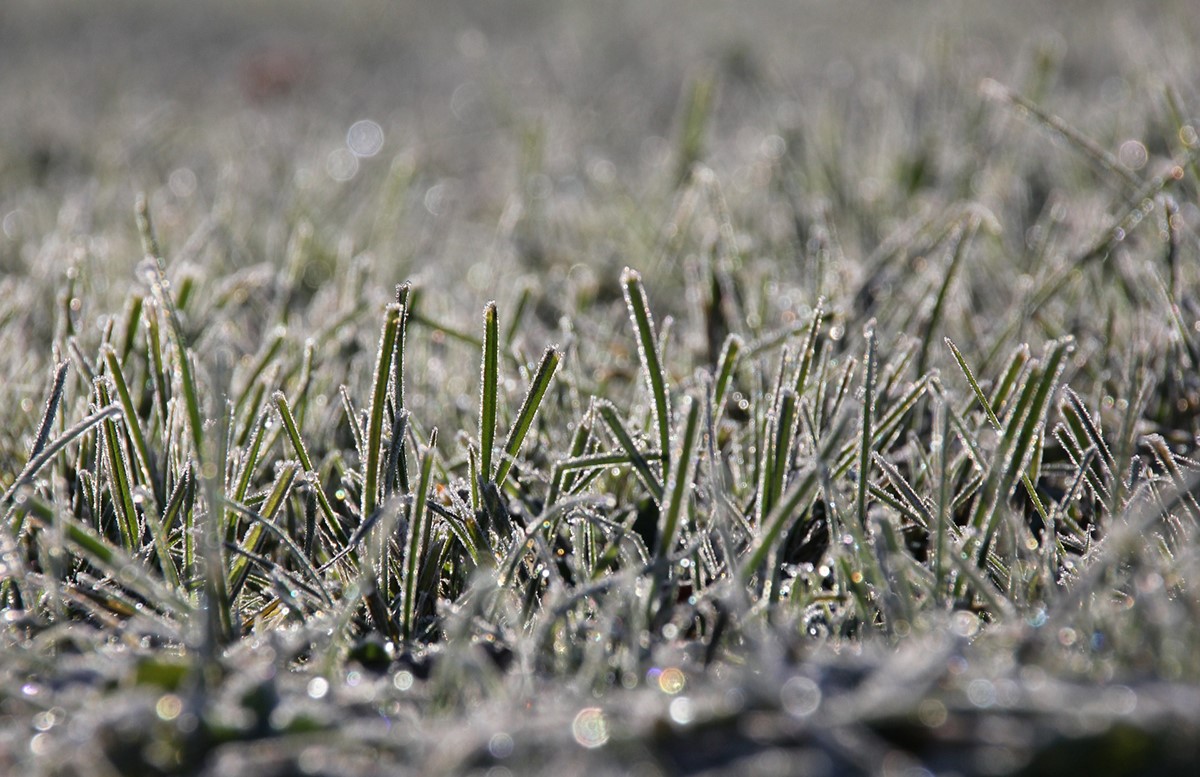
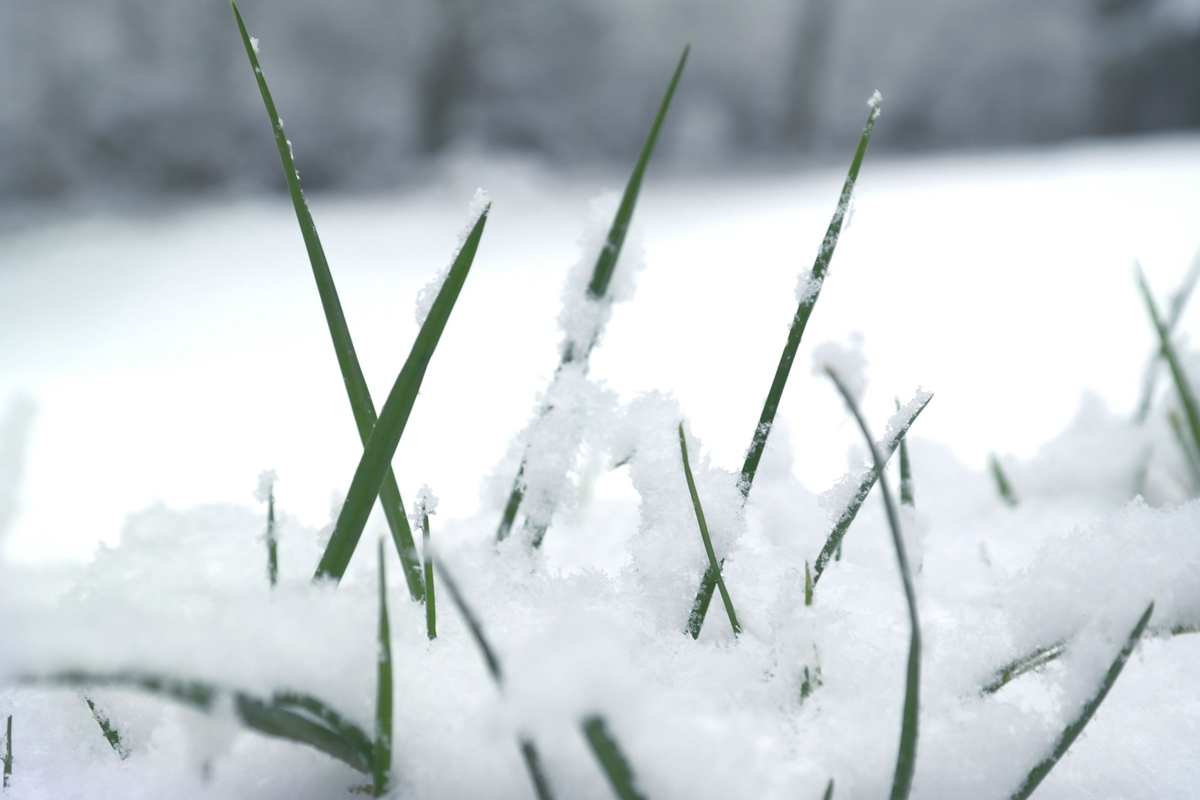
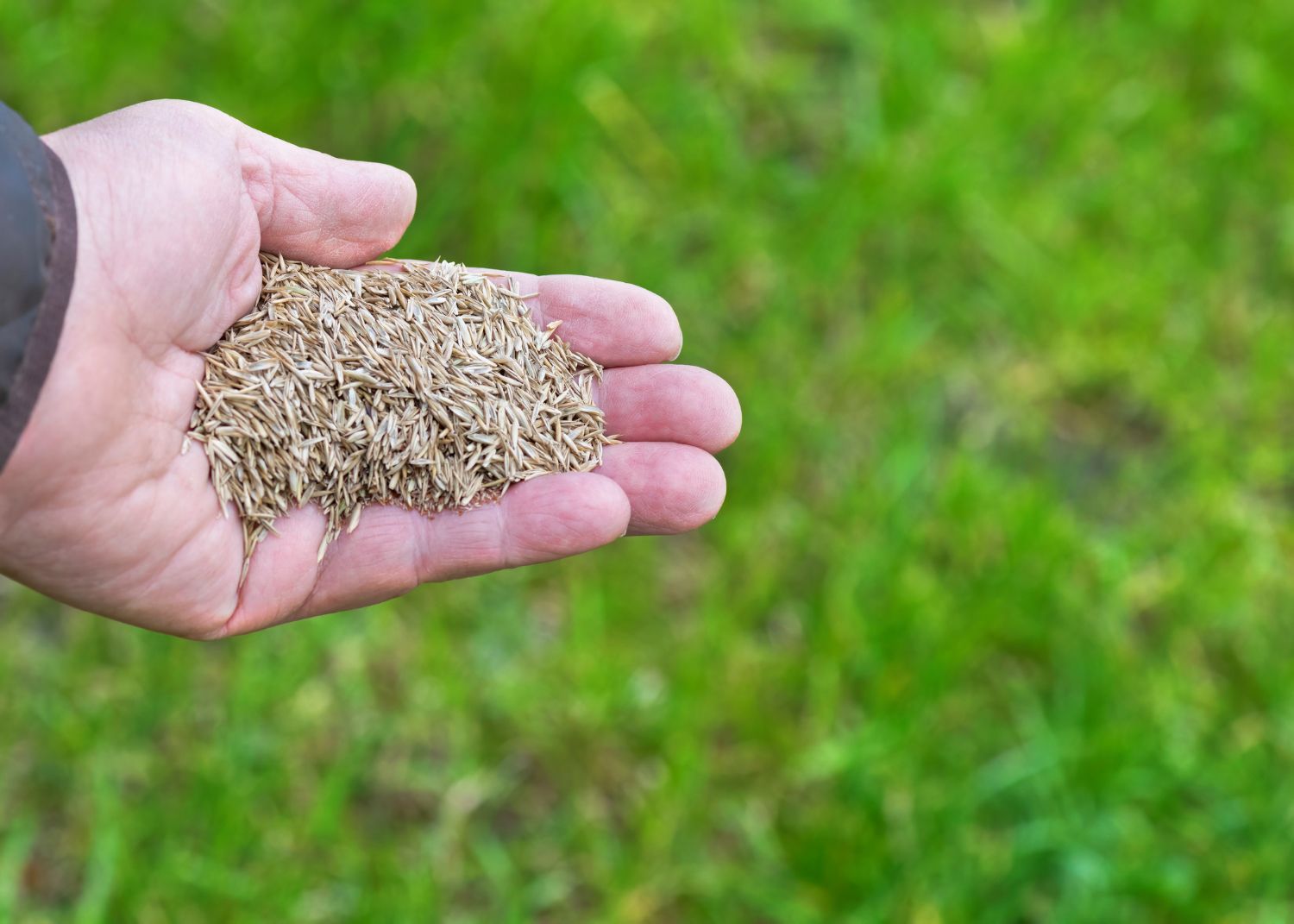
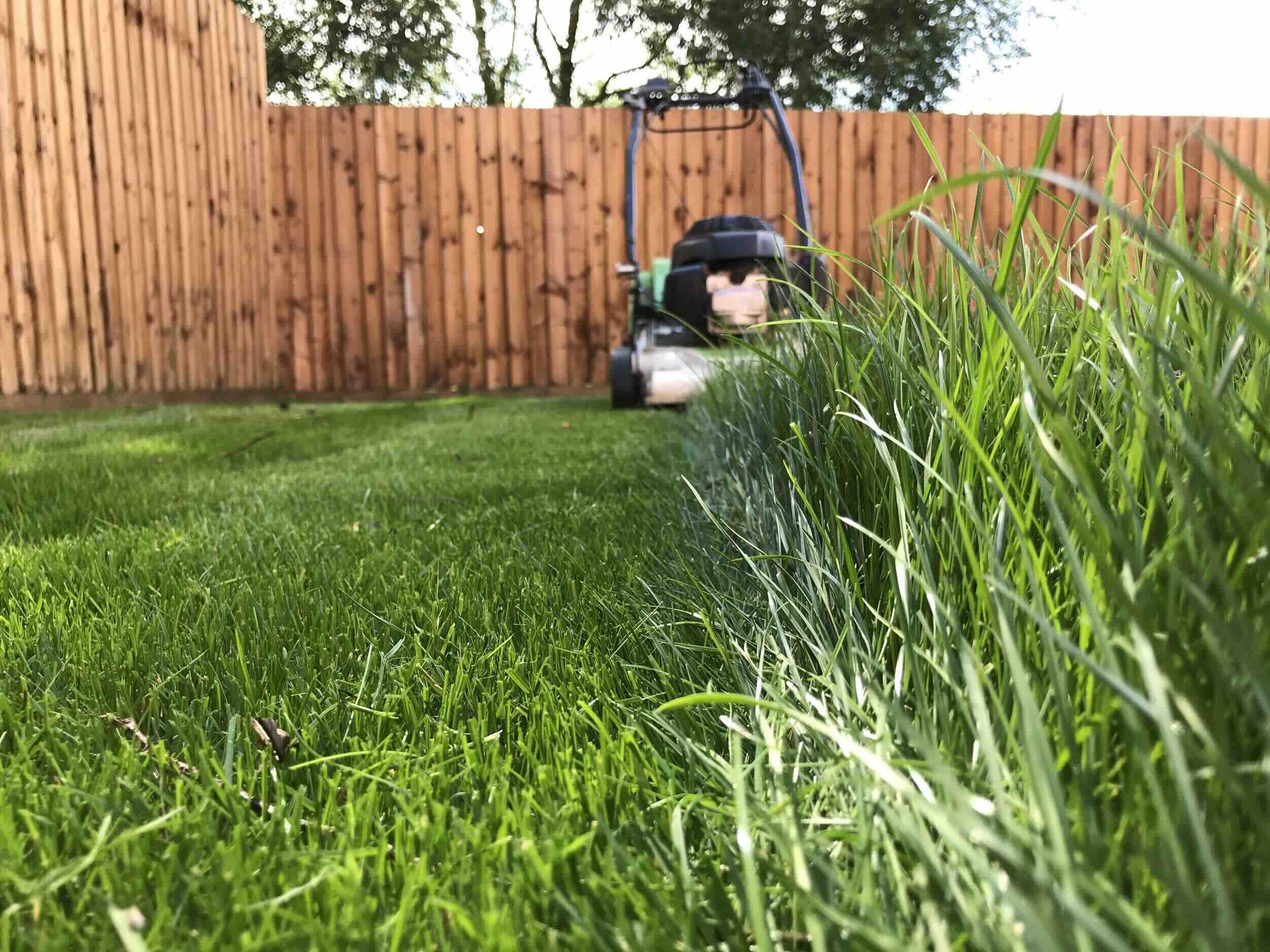
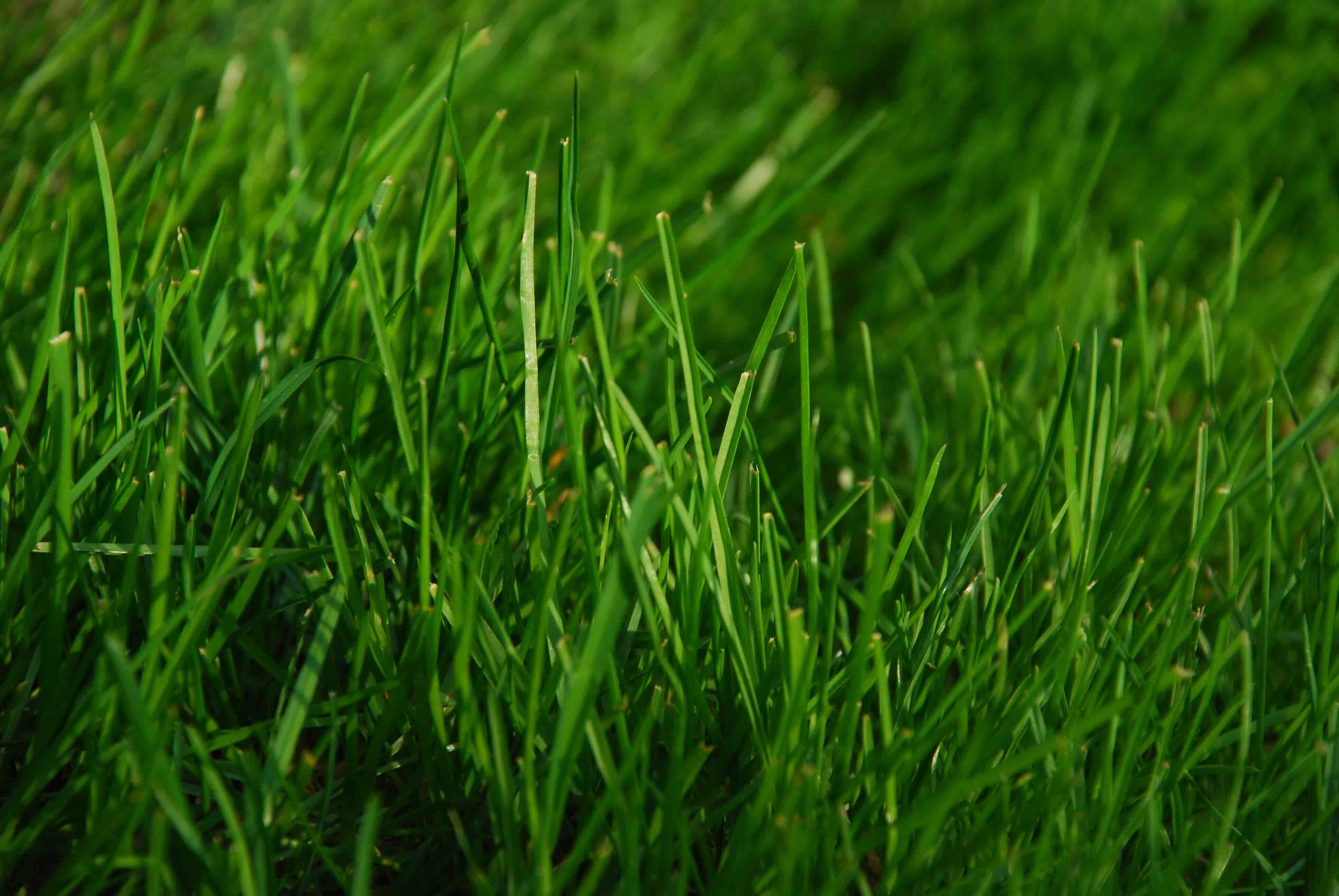
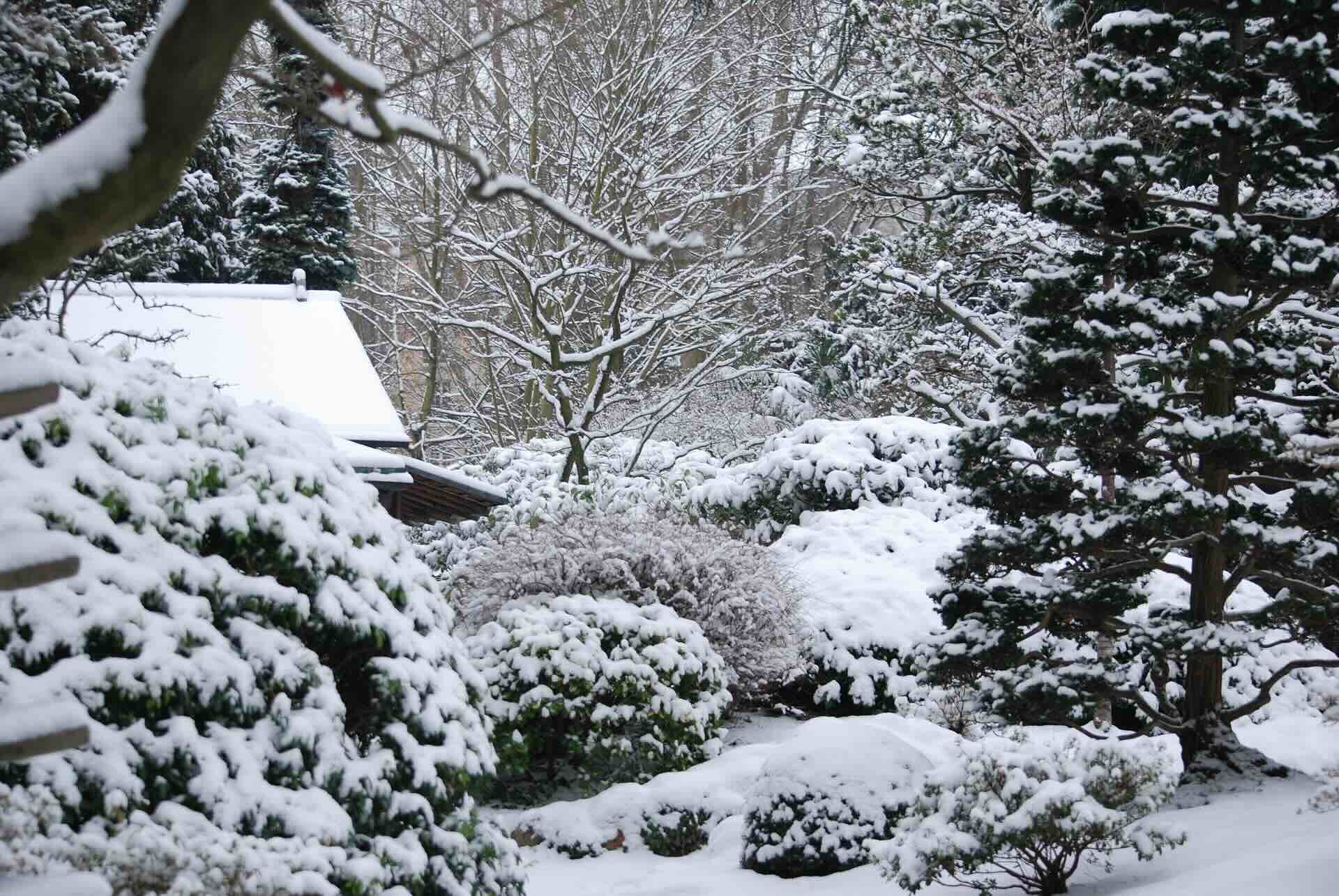
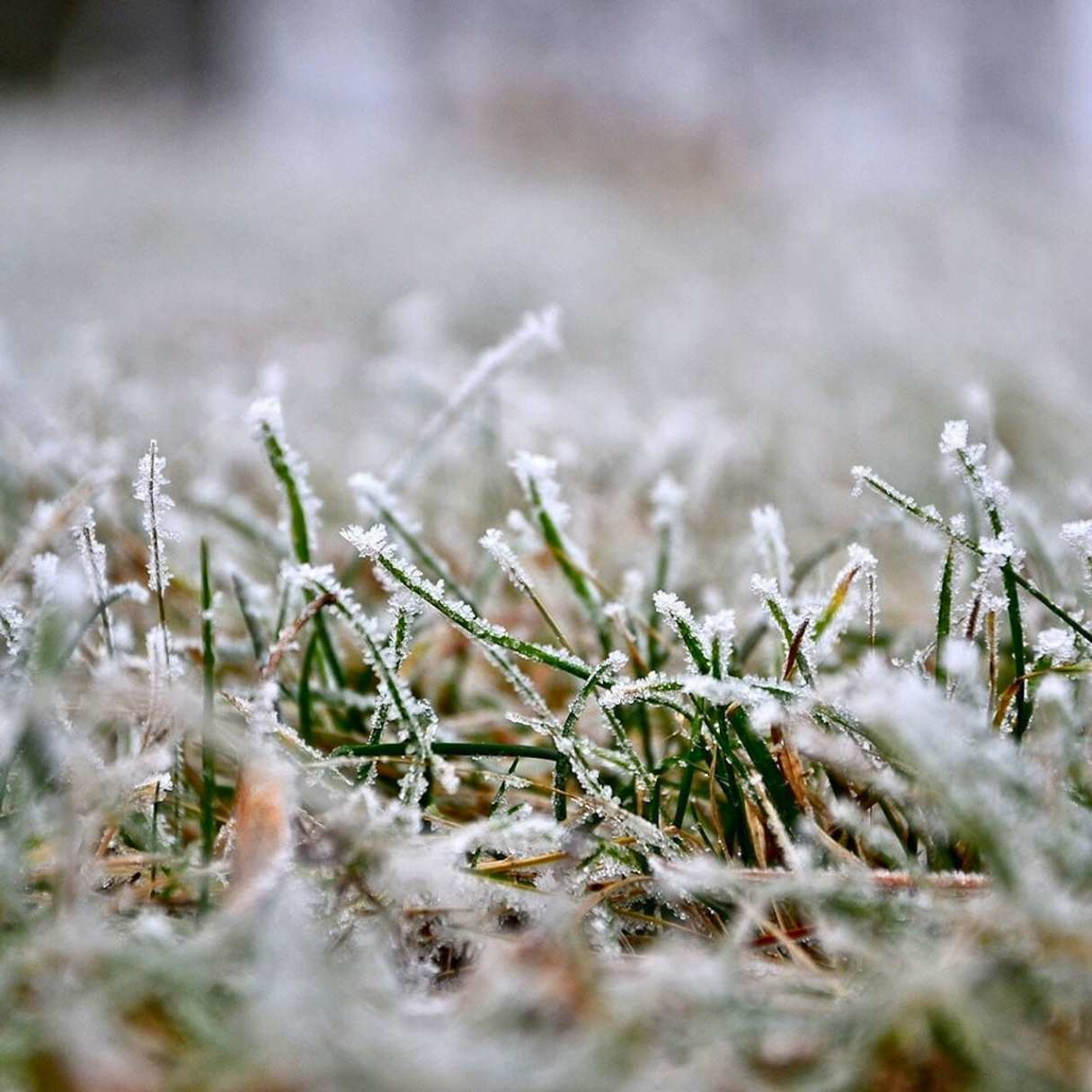


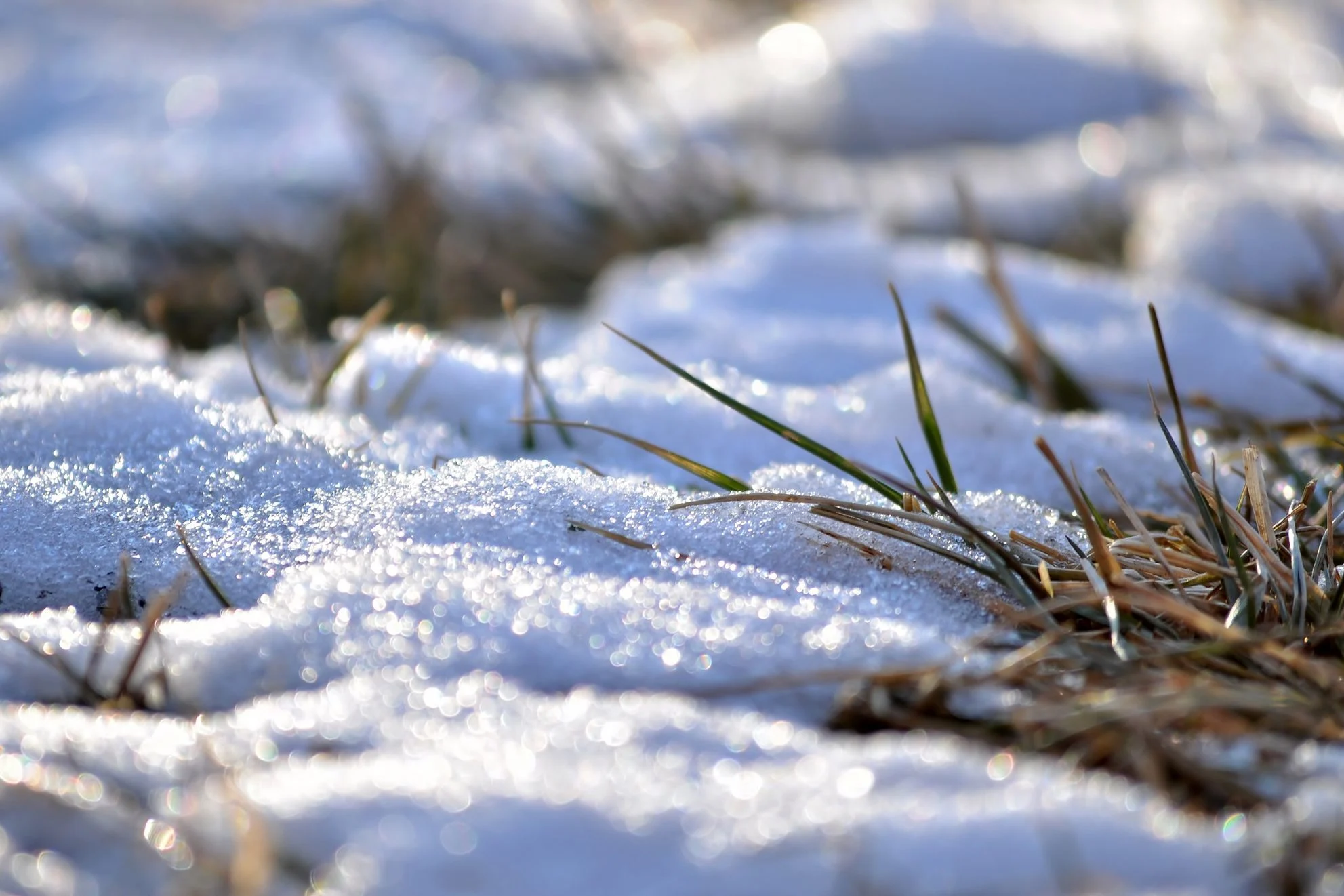
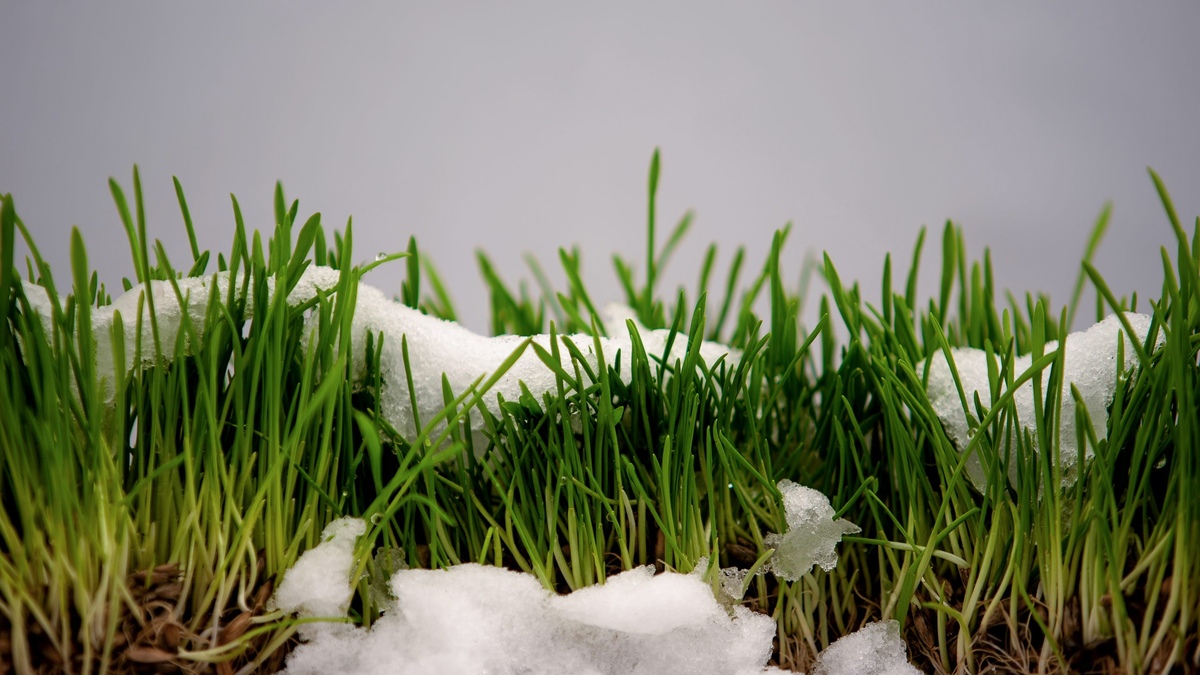

0 thoughts on “How Long Should Grass Be For Winter”